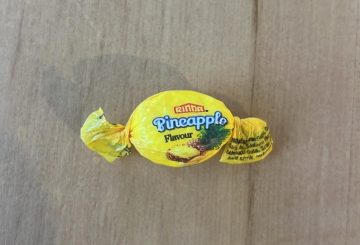政府は、メンタルヘルスに懸念のある人々からの111件の電話に対応する新しい方法を拡大することを決定しました。
共同応答モデルは全国で利用できるようになります。以前は、一部の地域でしか使用されていませんでした。精神的苦痛や自殺願望で誰かが111に電話をかけると、警察、救急隊員、メンタルヘルスの専門家が助けに来ます。
警察と保健局は、来年3月までに詳細な計画を内閣に提出する予定です。両者は、この共同対応がどのように機能し、何をする必要があるかを説明する予定です。
アイシャ・ヴェラル保健相は、この変化は5年間かけて起こるだろうと述べました。目標は、すべての警察管区でこの対応を行うことです。これにより、メンタルヘルスの支援を必要とする人々が適切な支援を迅速に受けることができます。
このモデルは、2020 年と 2021 年にウェリントンで初めてテストされました。上級軍曹のマット・モリスは、チームが電話をかけてきた人に関する情報を共有し、最善の支援方法を決定すると述べました。多くの場合、彼らは電話をかけてきた人を知っています。つまり、必ずしも救急車やパトカーを送る必要はないということです。
オタゴ大学の研究では良い結果が得られました。共同対応チームが働いていたとき、病院の緊急治療室に行く人は少なくなりました。また、チームに助けられた人たちは、以前よりも良い体験ができました。
このレポートでは、共同対応モデルをさらに活用することを強く示唆しています。
2017年、ナショナルは警察に800万ドルを寄付し、オークランド、クライストチャーチ、パーマストンノースでこのモデルをテストしました。労働党が政権を握ったとき、彼らは計画を変更しました。
この変更の正確な費用はまだわかっていません。現時点では、このモデルを採用している地域は独自の予算で支払いを行っています。しかし、ワンガヌイという場所は、犯罪収益基金から350万ドルを受け取っています。
精神保健財団のショーン・ロビンソン所長は、これは賢明な行動だと考えています。このテストでは、多くの人が病院や警察に行かなくてもより良い支援を受けることができることが示されました。これにより、時間とリソースを節約できます。
警察協会は、警察がメンタルヘルスの仕事をしすぎているとよく言っています。同協会のクリス・ケーヒルは、この仕事は他の機関でもっとうまくできると言っています。
精神的苦痛を理由に警察に通報する人が増えています。2021年6月から2022年6月にかけて、警察はこのような電話を73,006件受けました。これは過去 5 年間よりも 55% 増加しています。警察は、精神的苦痛の電話の30%、自殺または自殺未遂の電話の70%に対応しました
。





























































